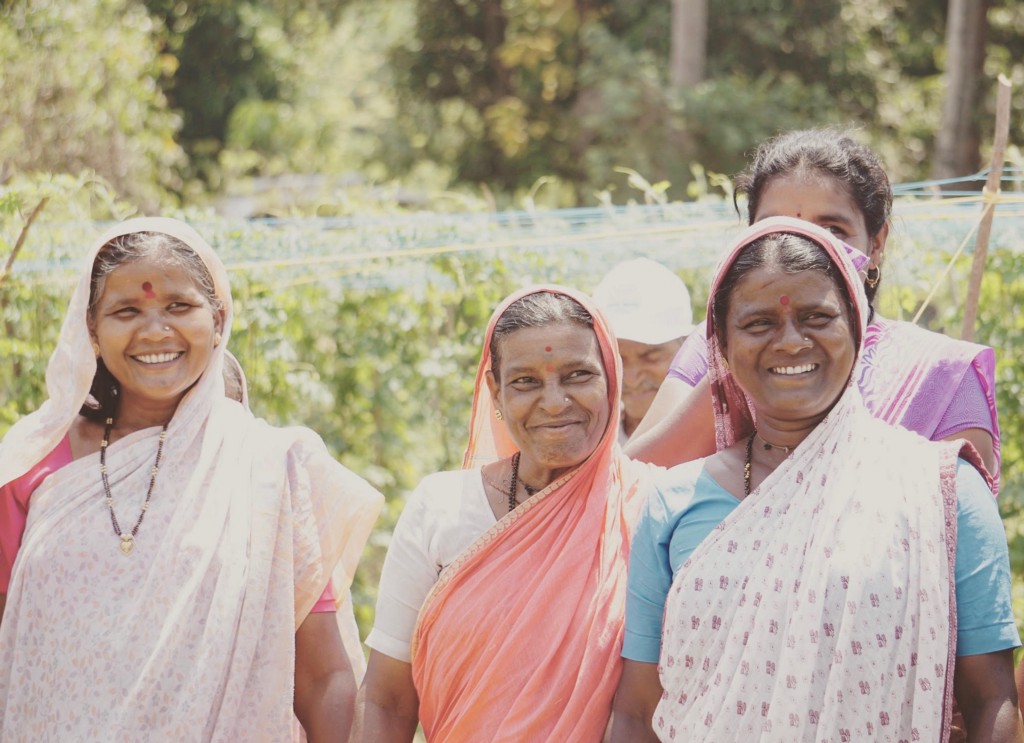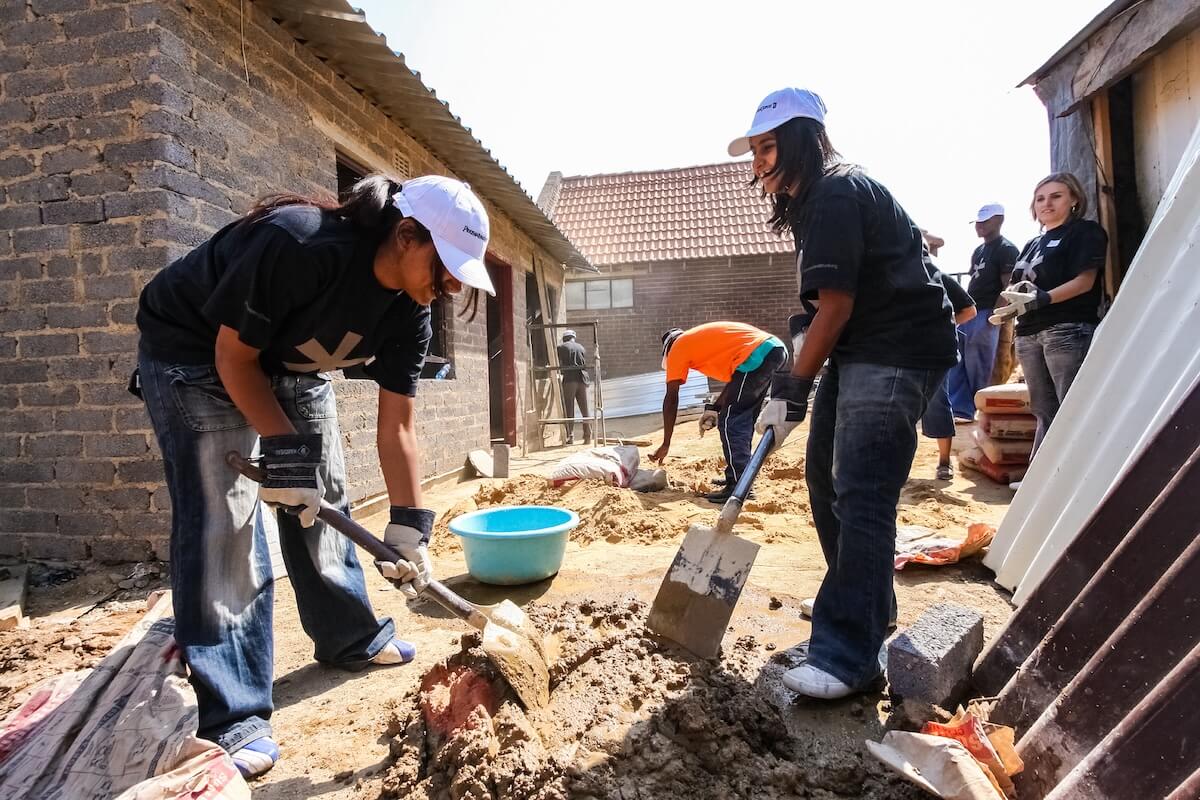In college, my birth country of India was always a subject in politics and development classes. India ranked near the bottom on nearly every development index — for education, health, women’s rights, corruption and on and on.

Ten years later, I’m going to back to India. I’ve grown weary of articles that focus just on the wrongs — sexual violence, child marriages, human trafficking, crowded maternity wards, and poor sanitation. Yes, those are very much a reality. But women in India have also found solutions.
It’s not possible to summarize the state of women in a country with 22 languages, 150 dialects, and 1.2 billion people living in terrains as varied as the snow capped mountains of the Himalayas, the deserts of Rajasthan, the tea plantations of Darjeeling and the tropics of Kerala.
My goal was to find tales of female leaders and women-centric non-governmental organizations that are making significant progress in the lives of women and girls.
Still, 87th represents progress. A decade ago, India ranked 98th. The country has made strides in closing the gender gap in education enrollment, for example. Literacy among women has reached 63 percent (compared to 81 percent men. In 2006, only 50 percent of women were classified as literate.
It’s difficult to overstate the scale of India’s work ahead. I’ve spent months in the field observing the meticulous work of the World Health Organization, Rotary, UNICEF and other international organizations in regions where addresses are non-existent, people live on the most meager means, and water quality and sanitation is horrific.
Healthcare remains dismal for most of India’s 650 million women. India ranks 142nd out of 144 on healthcare. India is among the least-improved country on matters of health in the past decade. The country has eradicated polio — a massive feat. Why can’t the same tactics be applied to maternal health?

I’ll try to get to the stories behind the statistics. We’ve heard stories of women climbing the corporate ranks, new female movie directors and a growing group of female entrepreneurs. Are they just a sliver of India’s massive workforce?
Is the formal workplace or the informal economy a better benchmark for measuring progress in financial empowerment? Only 28 percent of women participate in formal workplaces (versus 82 percent men). That’s barely half the global average of 54 percent of working-age women who take part in the formal economy. I’m surprised.
India is still 70 percent rural with more than two-thirds of its population living beyond the glitzy metros of Mumbai, Delhi, and Bangalore. Women constitute more than one-third of the country’s agricultural workforce, but own just 13 percent of the land. Women work in industries such as agriculture and handicrafts that are critical to the rural economy, but are not included in formal workplace statistics.
This series will shift the conversation from what’s wrong to what’s working. In agriculture, handicrafts, entrepreneurship and activism, women are rising to India’s challenges.
ImpactAlpha’s Women Rising in India series showcases people and projects that are advancing the global Sustainable Development Goals.











